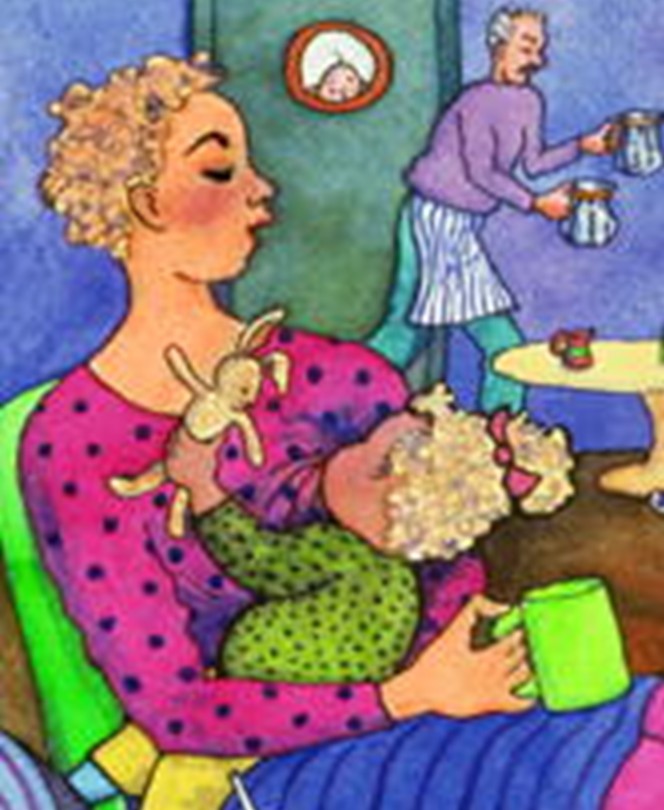
Breastfeeding Cafe Various groups around the U.S. have begun to create breastfeeding cafe's in their own communities. Inspired by the book, The Breastfeeding Café, they are meeting in public spaces to spread the word that breastfeeding is normal, that nursing mothers don't have to retreat to public bathrooms to feed their children.
One such group is the Adirondack Council for Birthing Women. Since the summer of 2005, mothers have been meeting monthly in local restaurants that have agreed to host the events. With a sign in the window declaring "Breastfeeding Welcome Here," it spreads a nursing-friendly message to all.
from: http://www.adkbirths.com/links.html
| The World Health Organization (WHO) has the following recommendations regarding birth**:
|
 |
Consider these facts on birth.
In the United States...
- 27.6% of women have cesareans*
- 44% of mothers get induced
- 63% of mothers have epidurals
- 93% of mothers have electronic fetal heart monitoring
- 53% of mothers are given synthetic oxytocin to augment (stimulate) labor.
- 52% of mothers are given a bladder catheter
- 85% of mothers are connected to an IV line during labor
- 58% of mothers have a gloved hand inserted into their uterus after birth
- 35% of mothers have an episiotomy
- 74% of mothers who give birth vaginally are on their backs while giving birth. Even though research shows this is the worst position for a woman to be in!
- 58% of mothers with a previous cesarean were denied a VBAC (Vaginal Birth After Cesarean)
- 12% of mothers were permitted to eat during labor
*source: Centers for Disease Control, 2003
The figures above (except for cesareans) are taken from the Maternity Center Association's 2002 "Listening to Mothers" survey in collaboration with Harris Interactive (the Harris Poll group). This is the first national U.S. survey of women's childbearing experiences. Information was gathered from 1,583 women having babies between 2000 and 2002.
This is not what we call 'normal birth' even though these procedures are becoming the 'norm'.
The US spends the most money on maternal and infant care in the world but has yet to improve its outcomes. Many of the procedures listed above were implemented to do just that but they haven't improved anything. According to the World Health Organization** there are on average 21 other countries in the world whose infant and maternal mortality rates are better than ours. If we would implement the WHO's recommendations we could dramatically cut insurance premiums and the cost of health care! That would amount to between 10 to 15 BILLION dollars saved each year!
|










